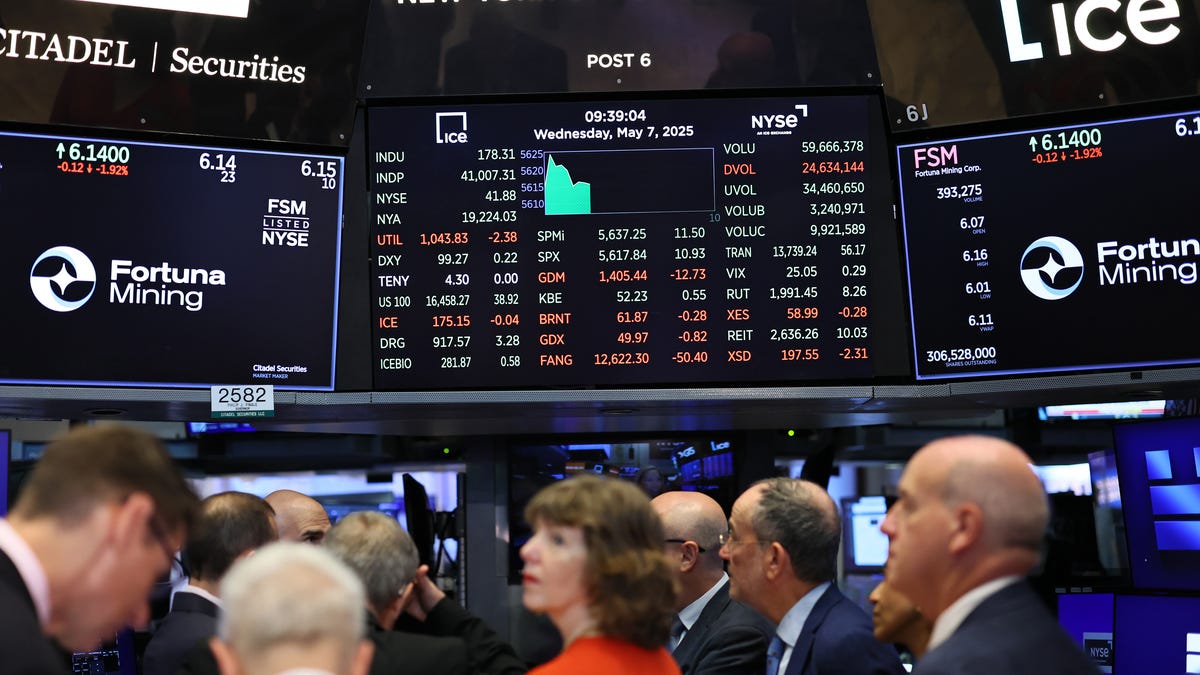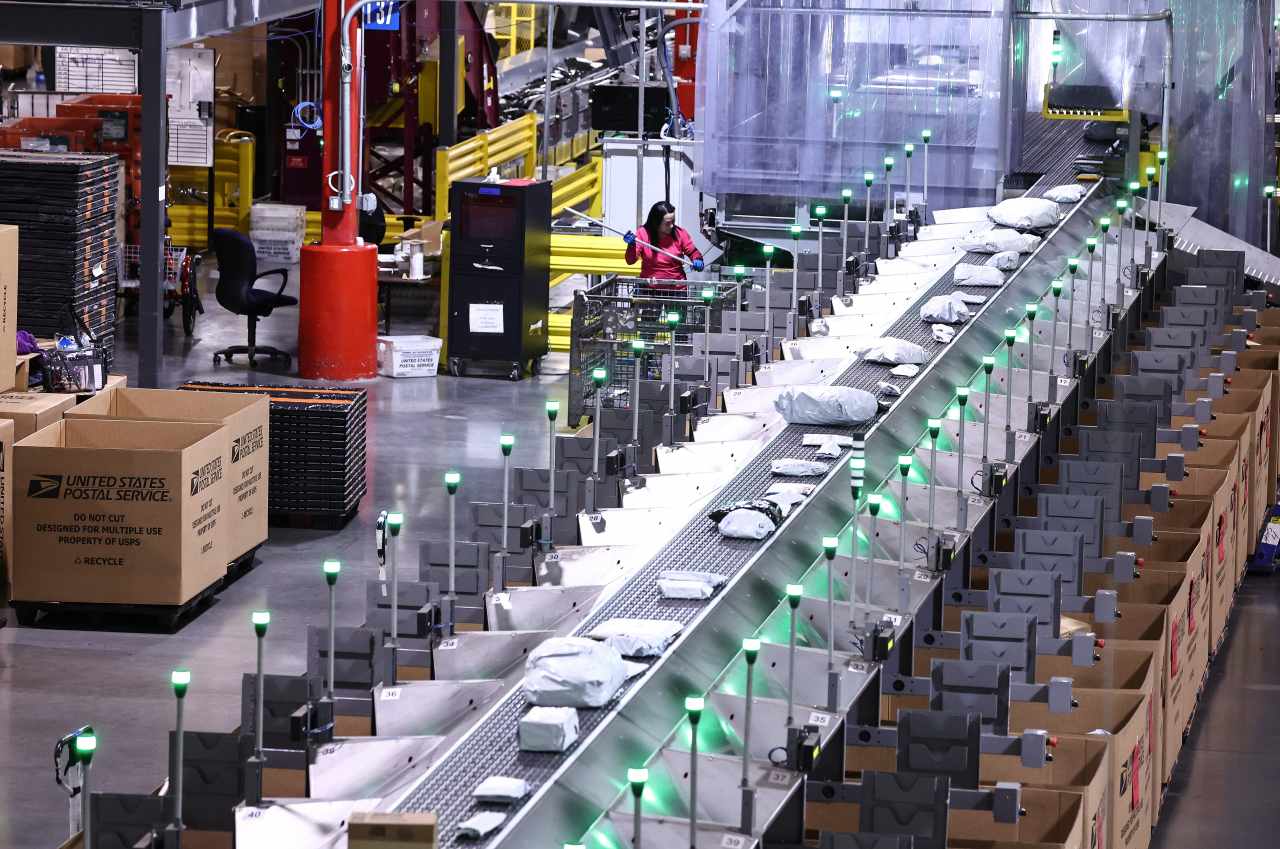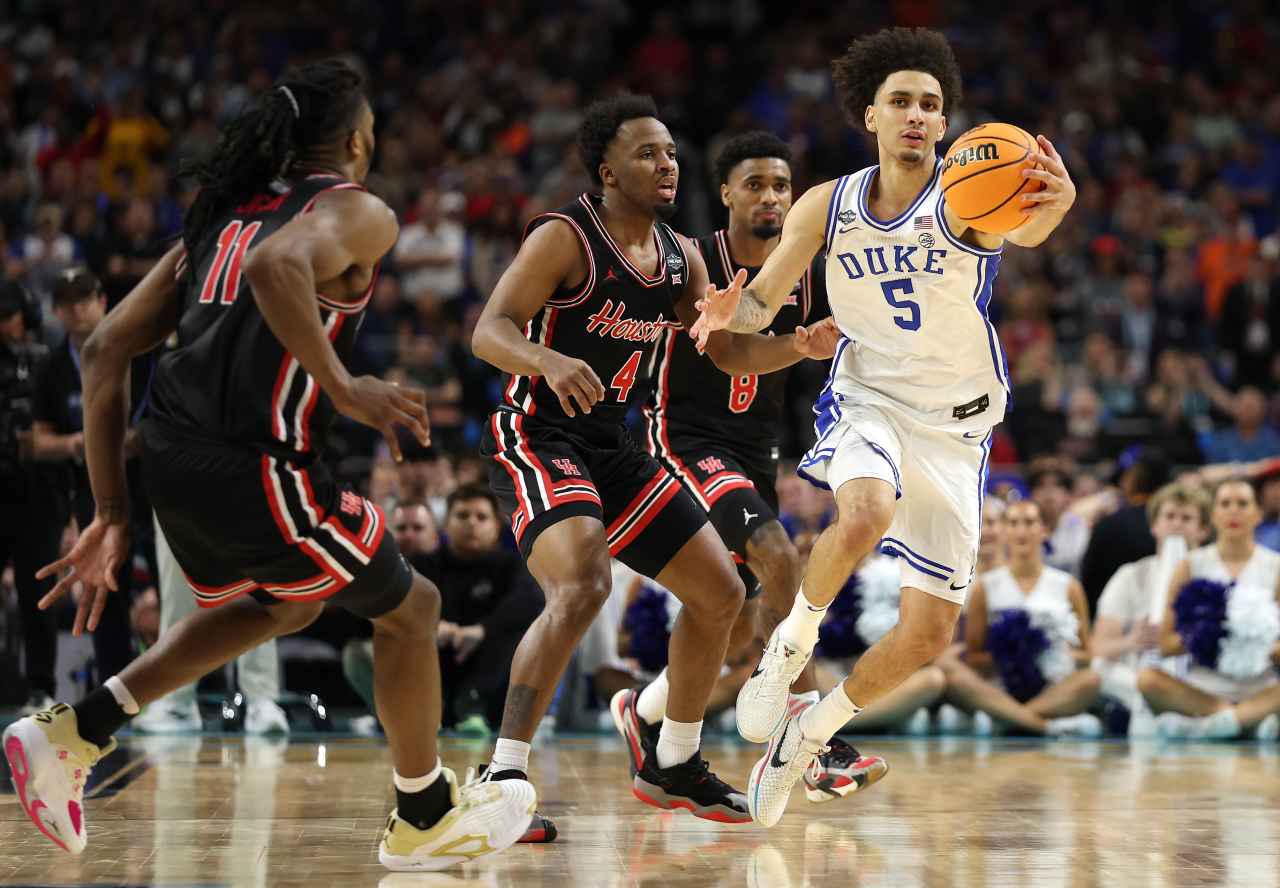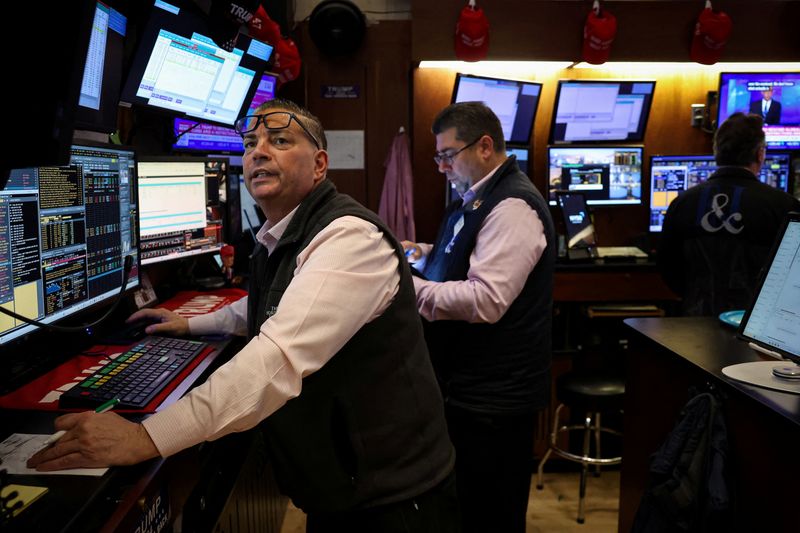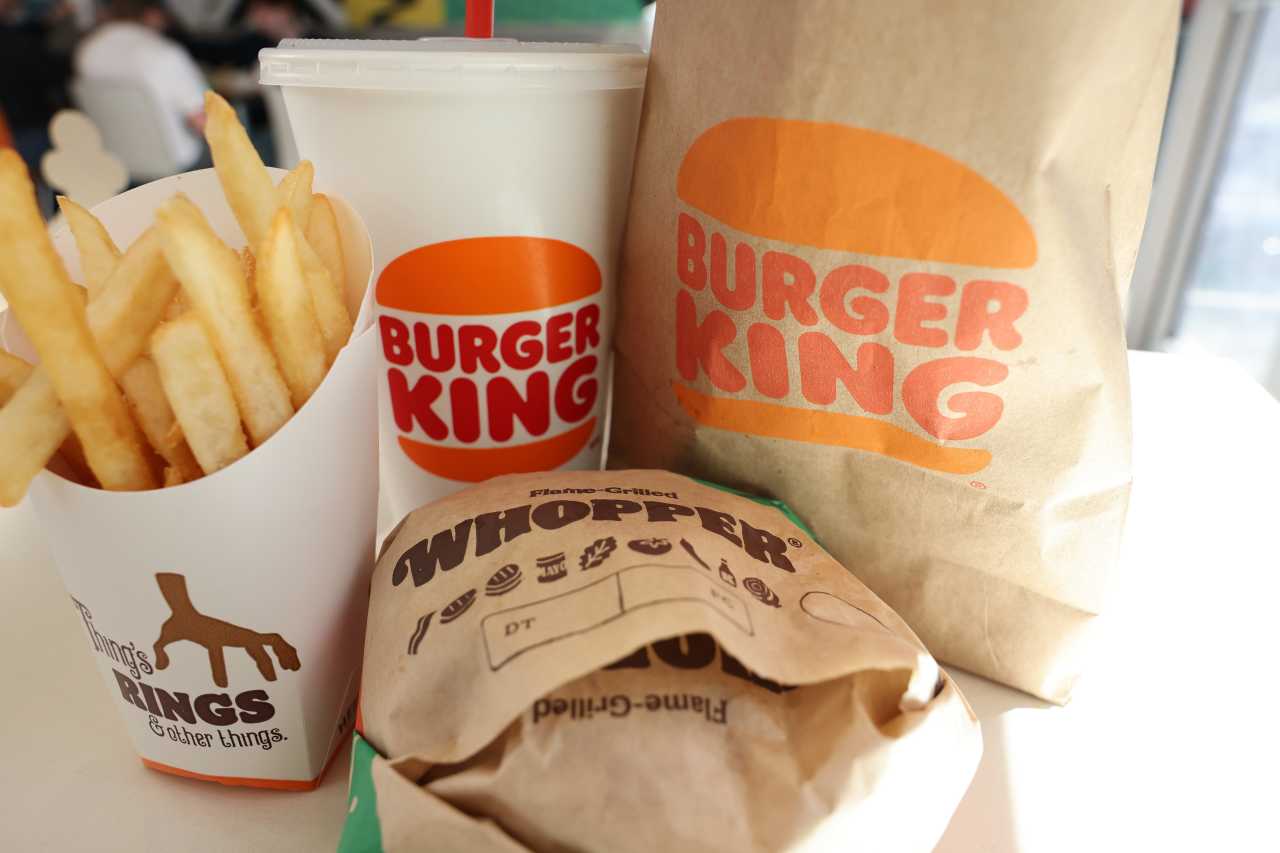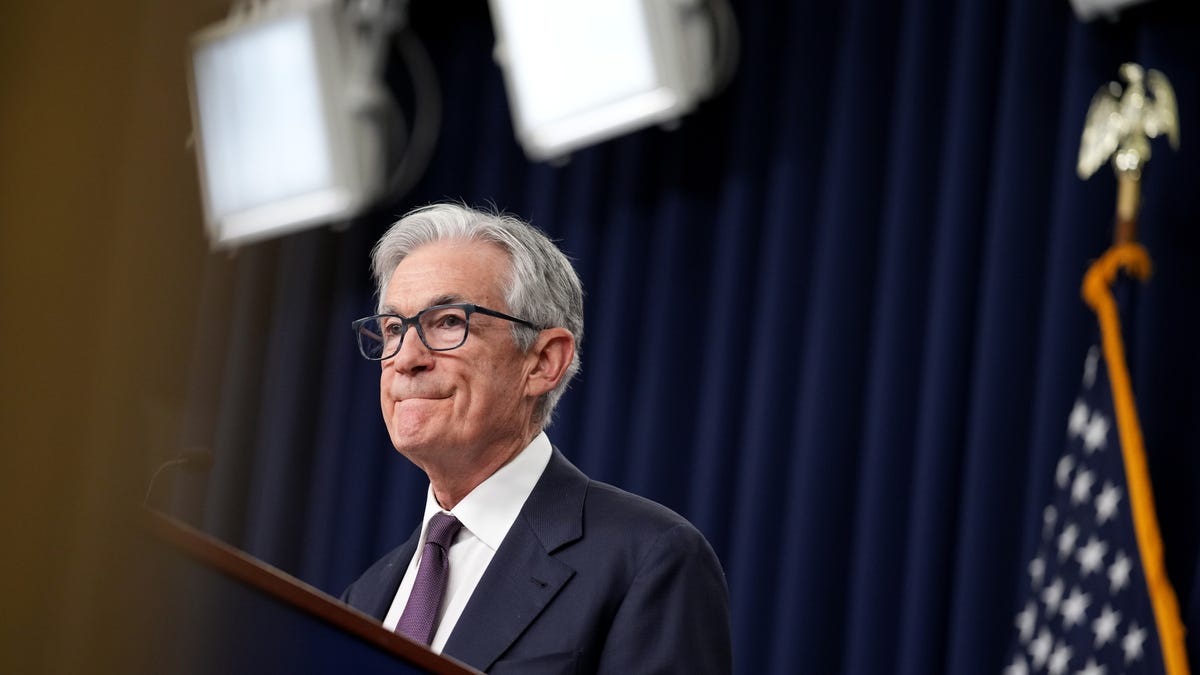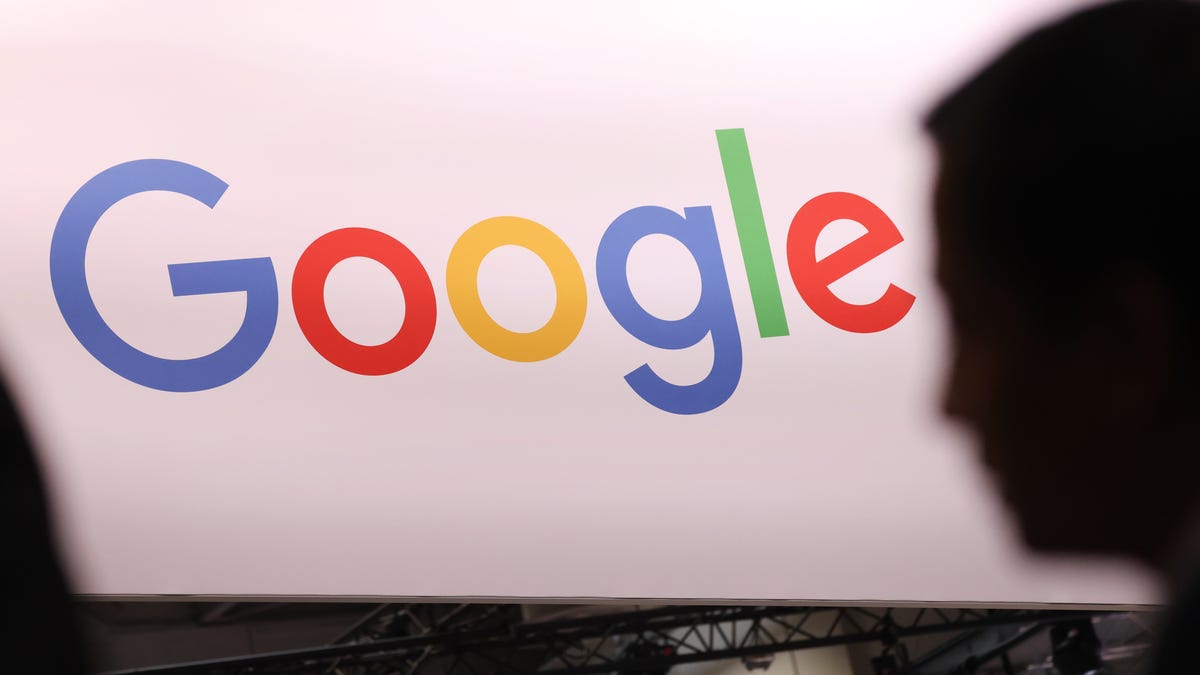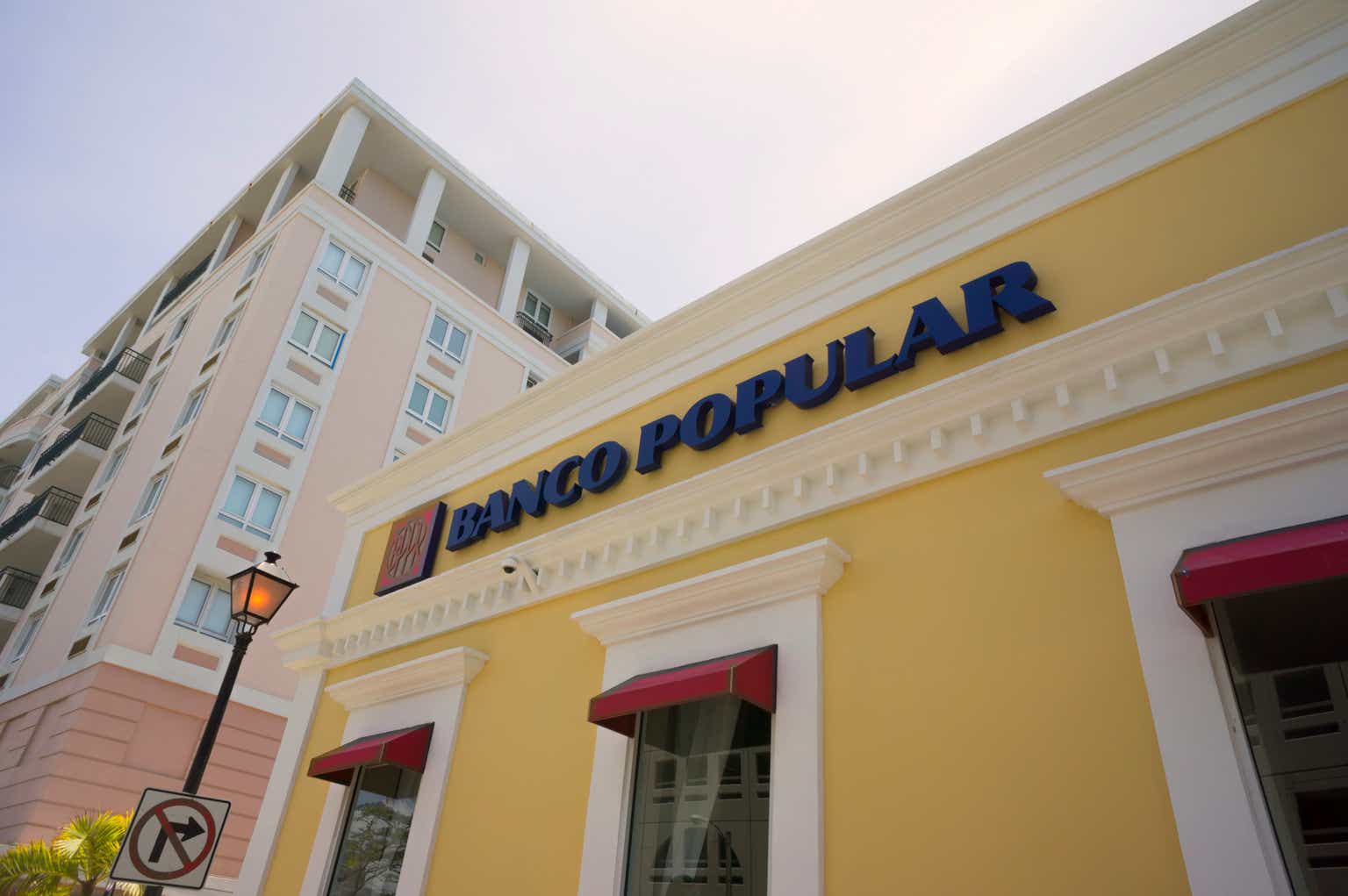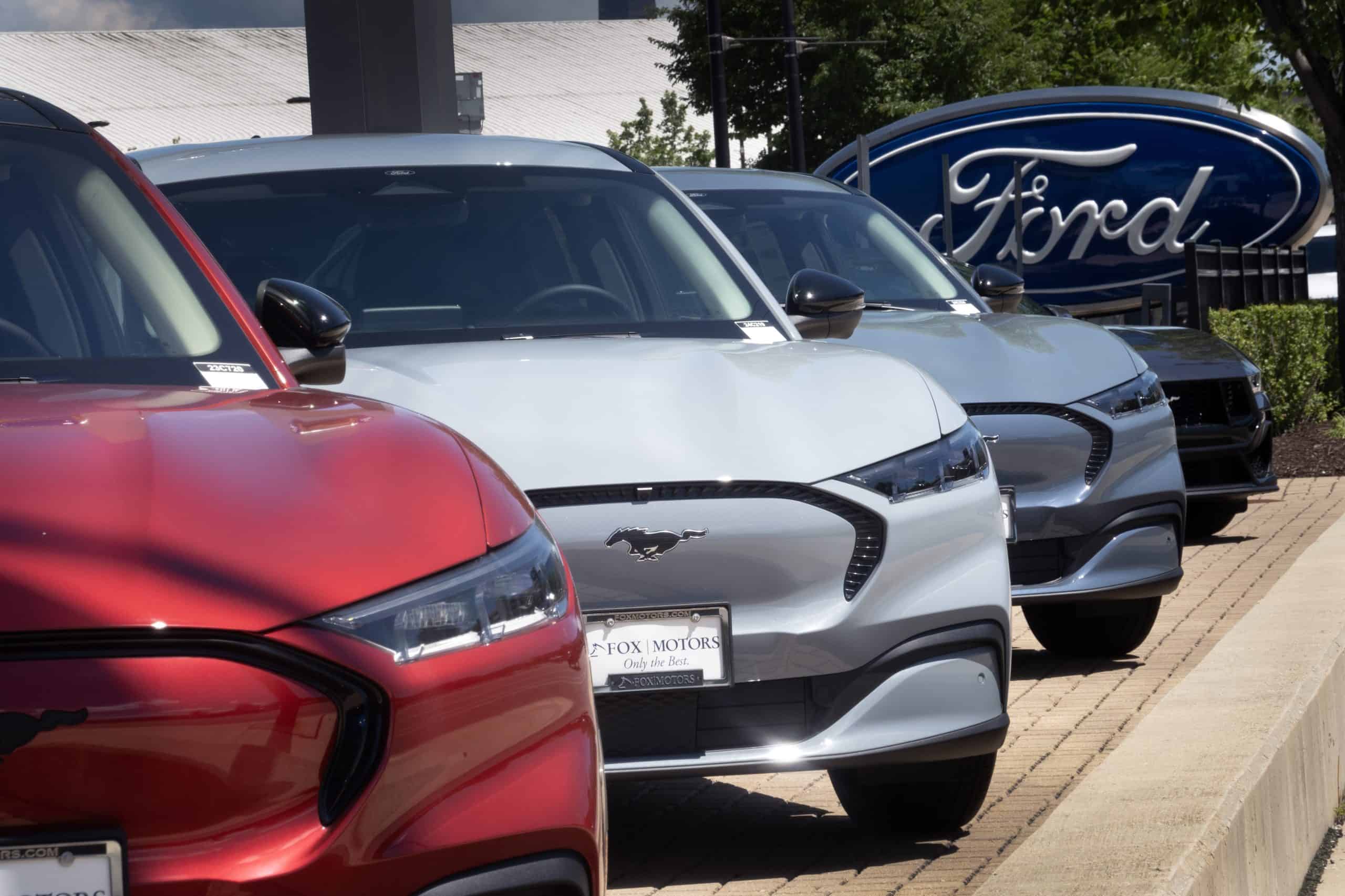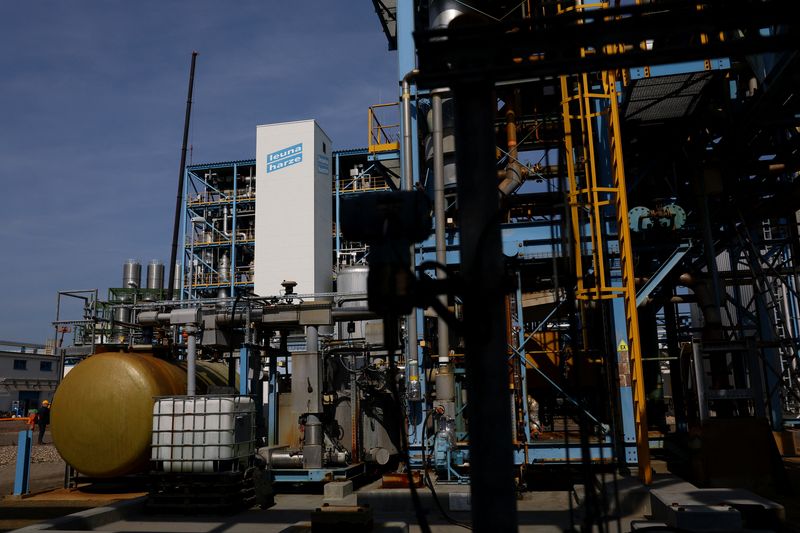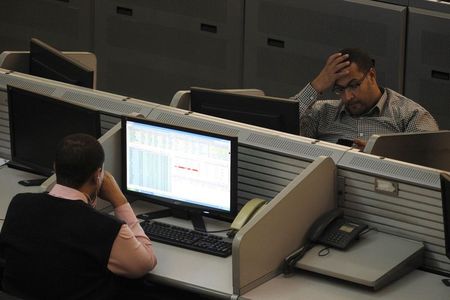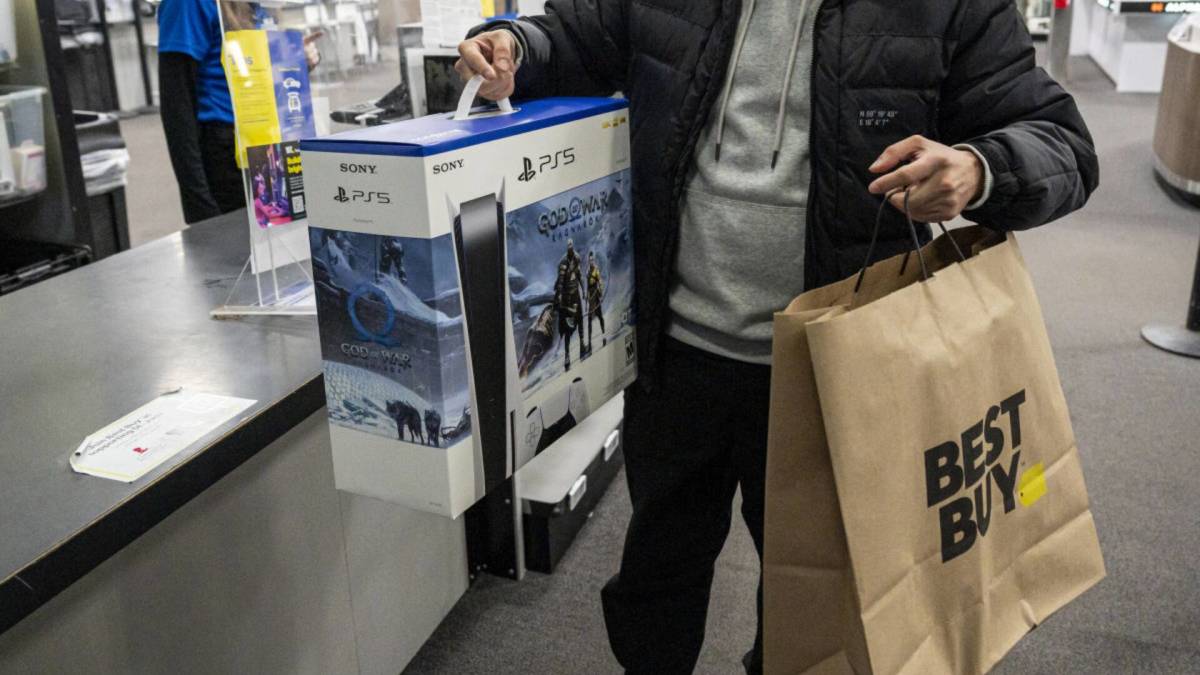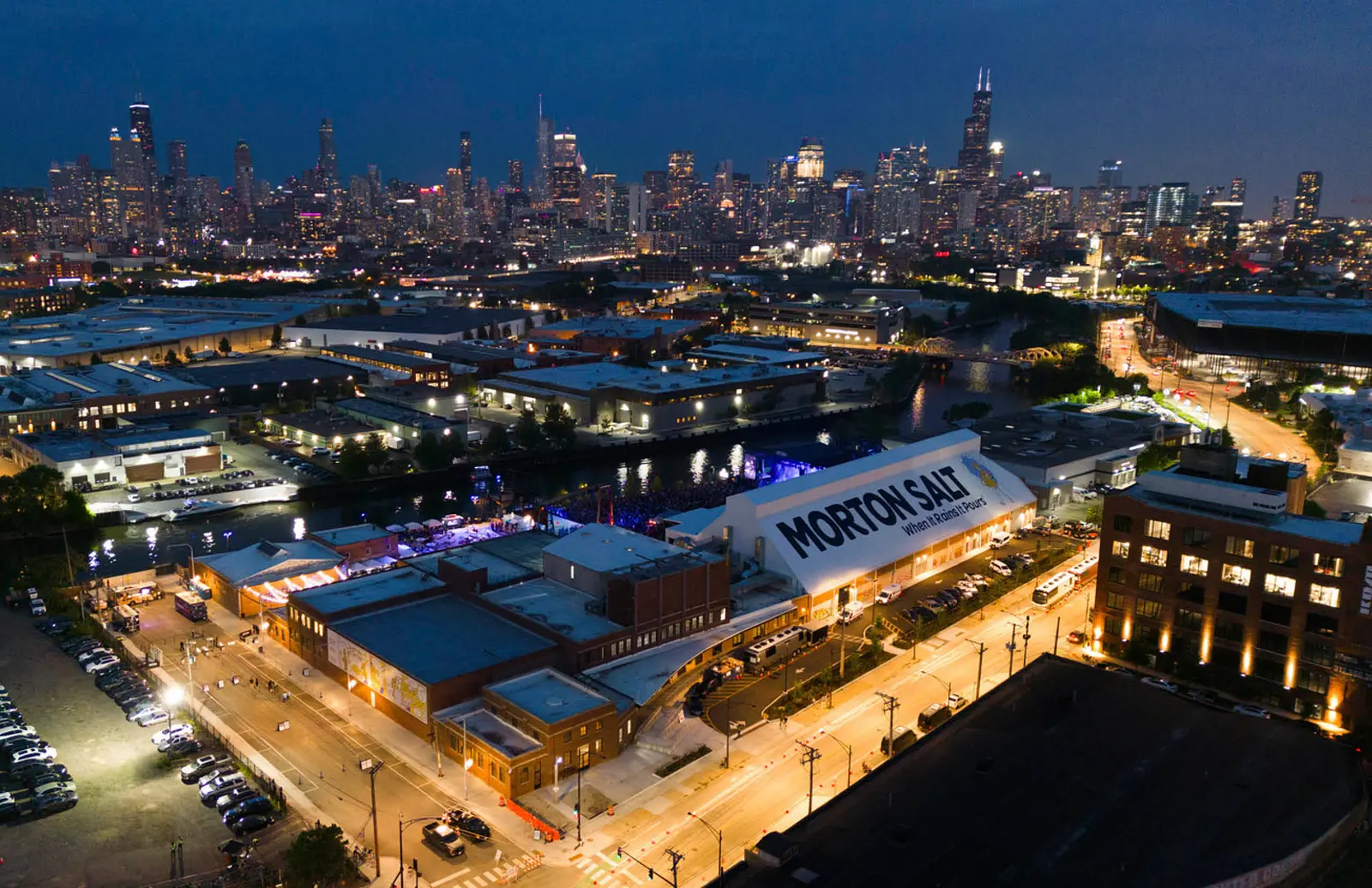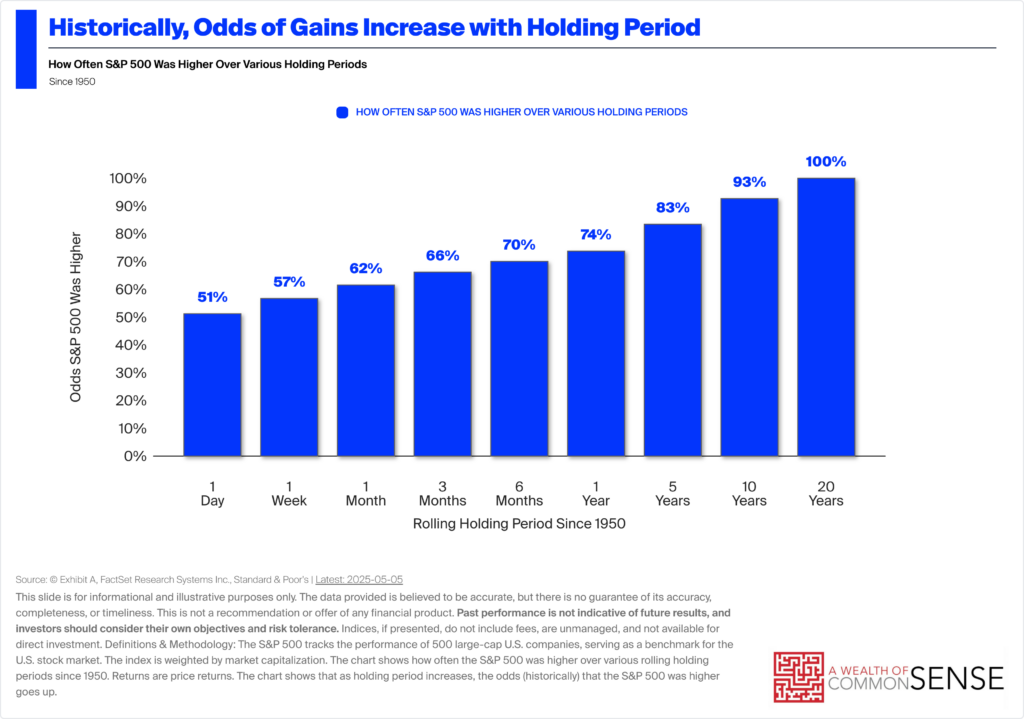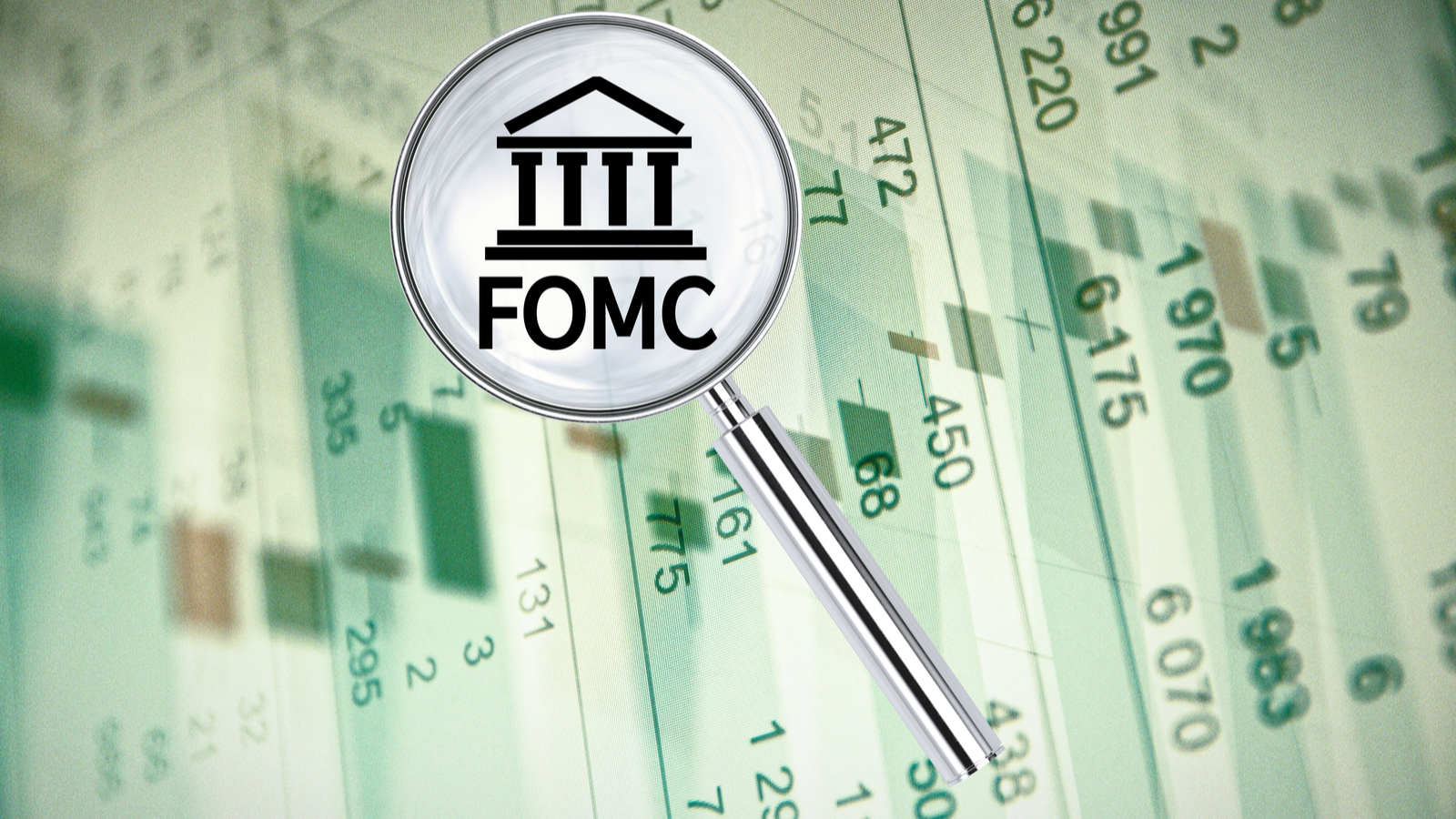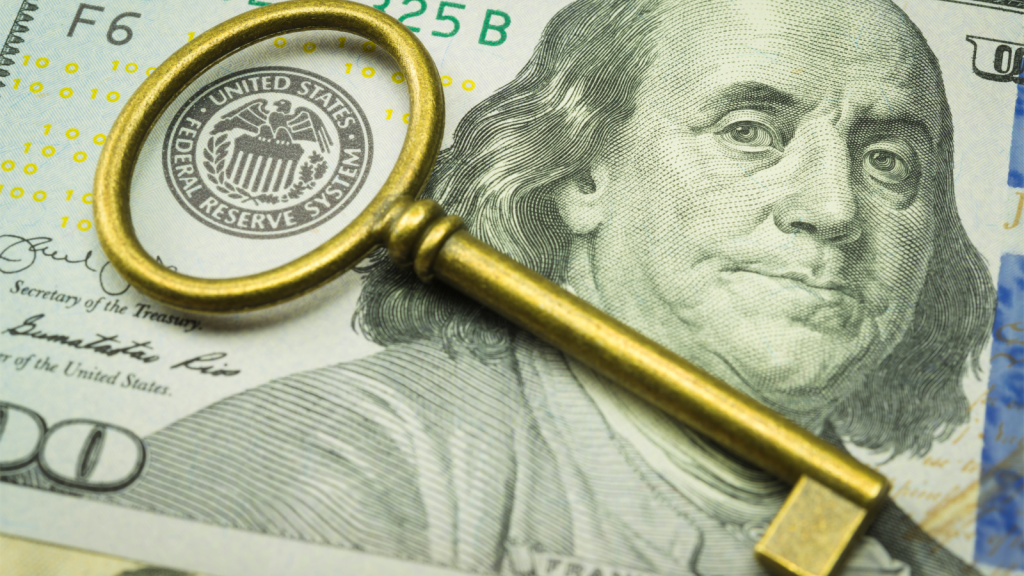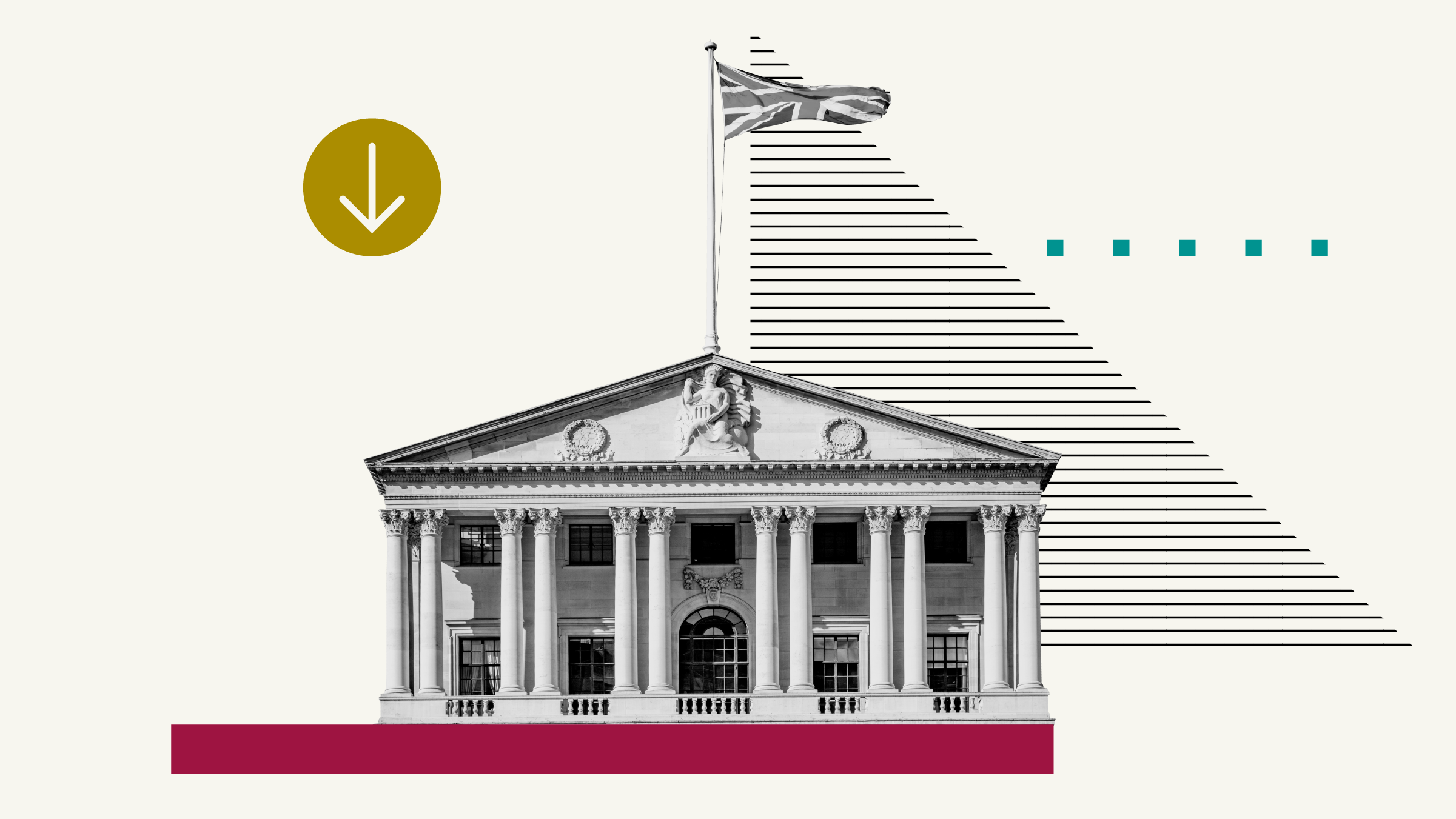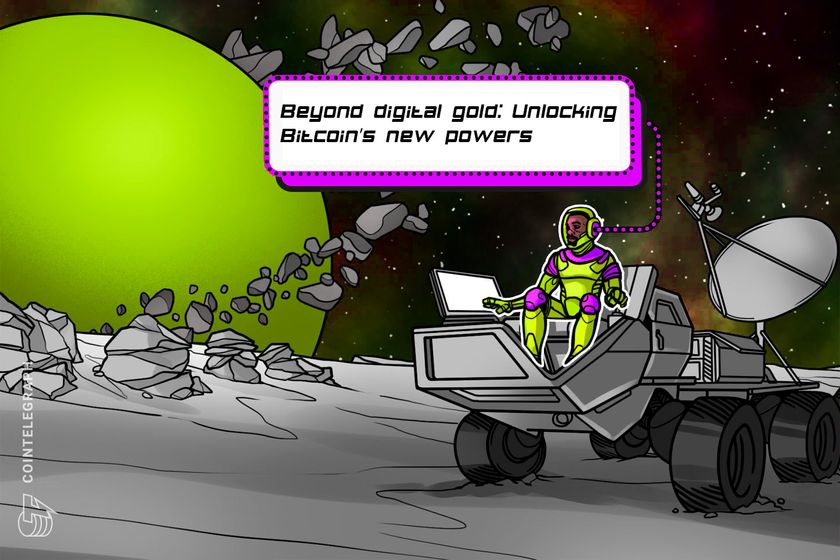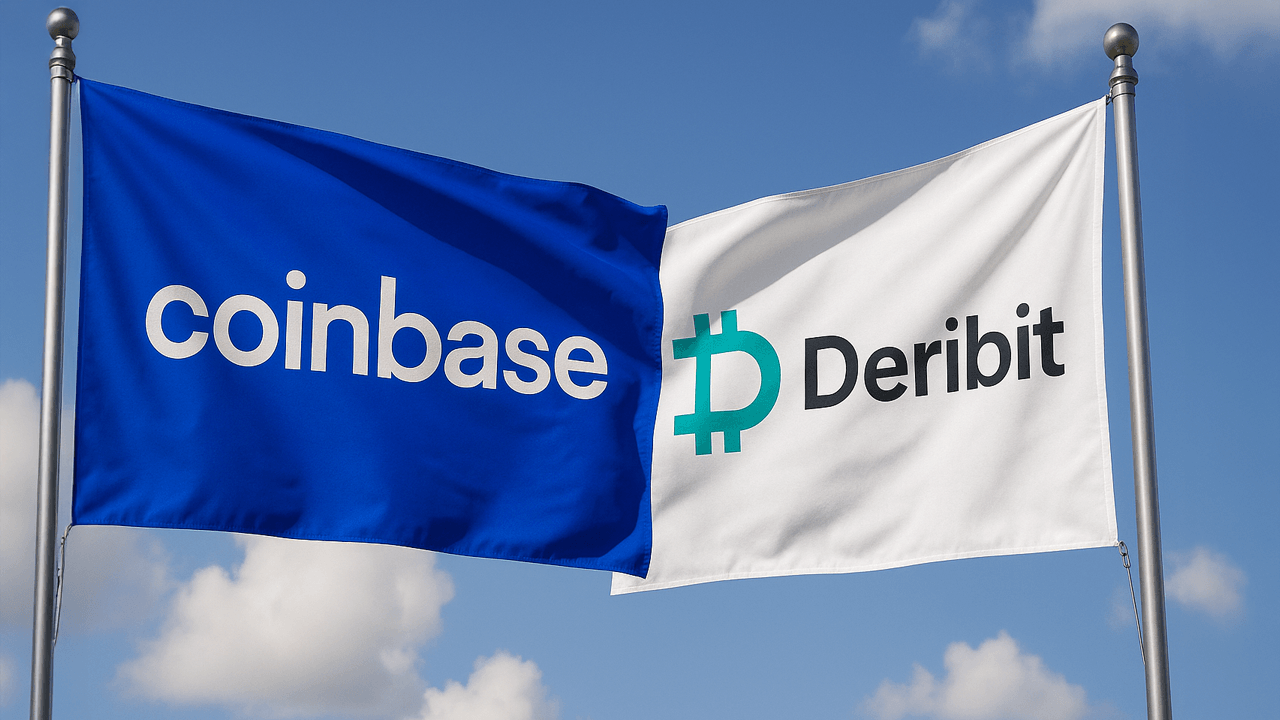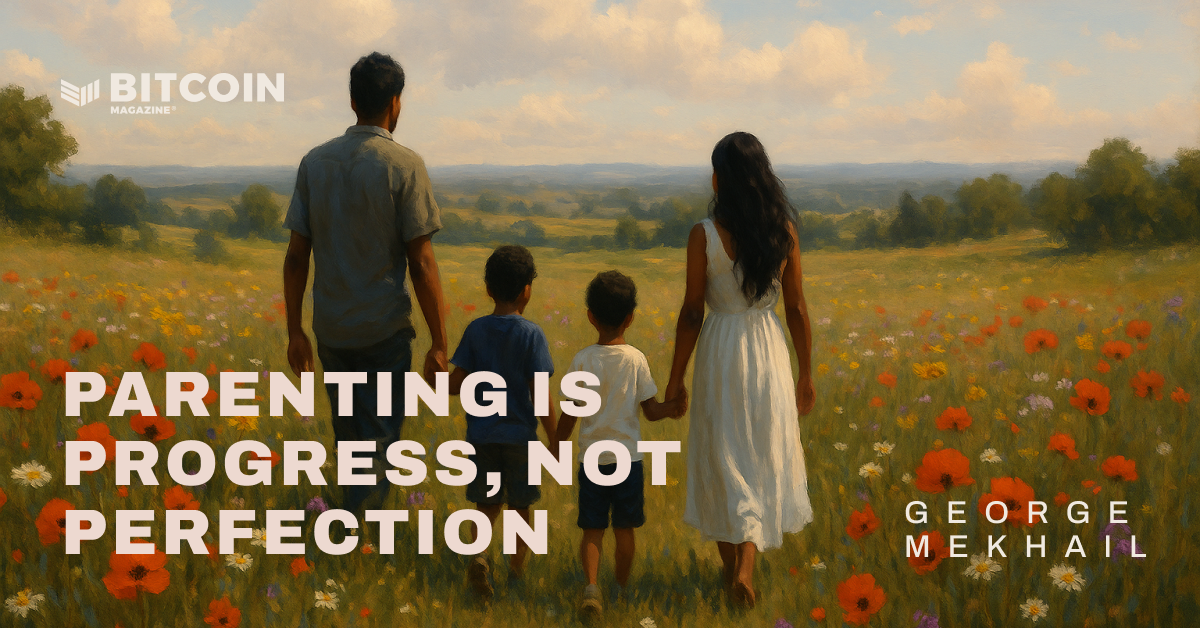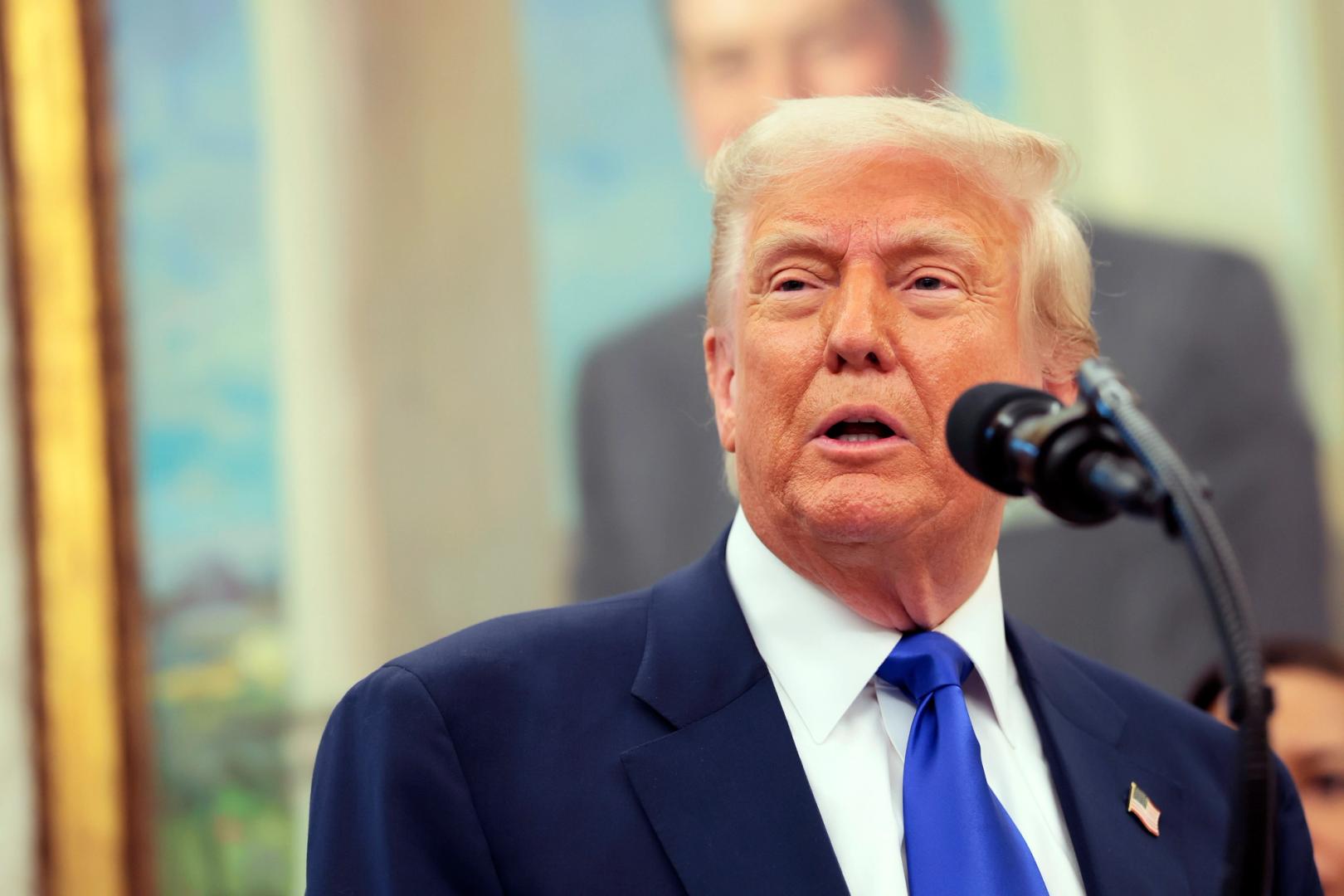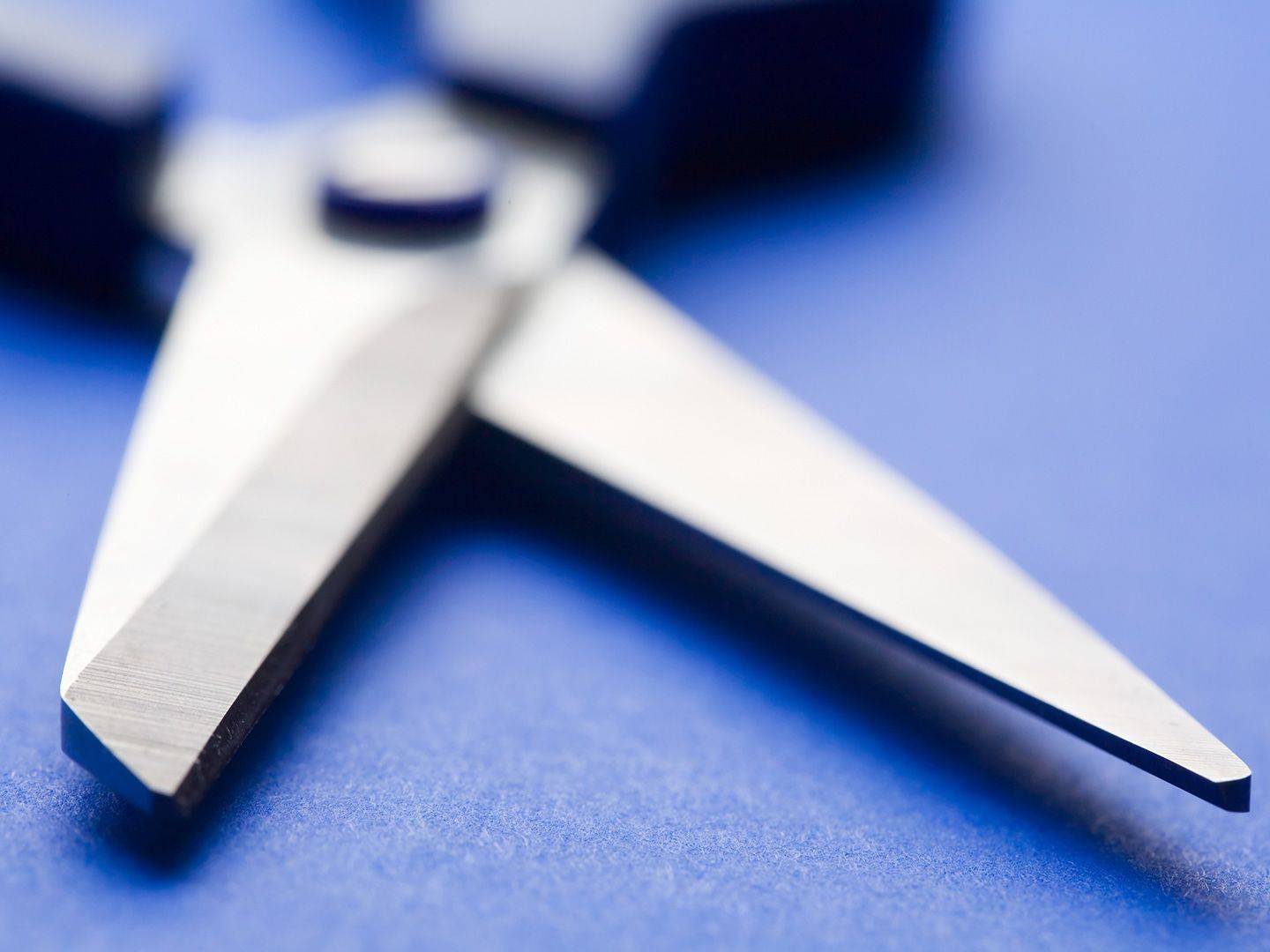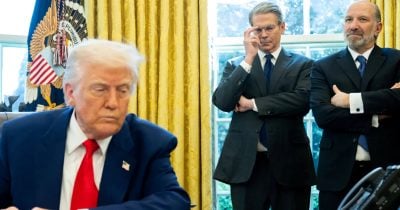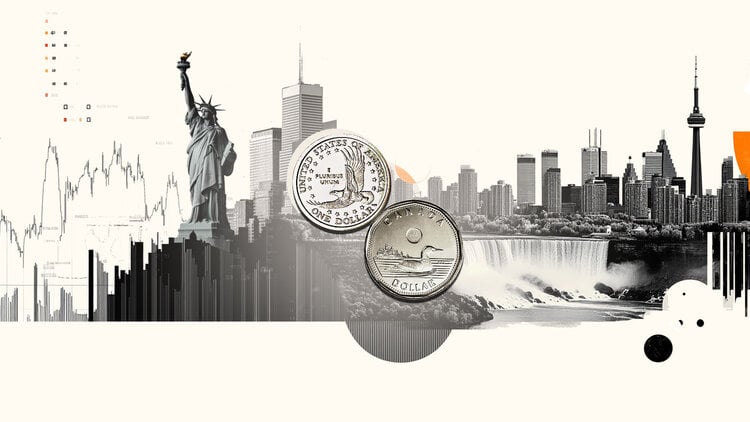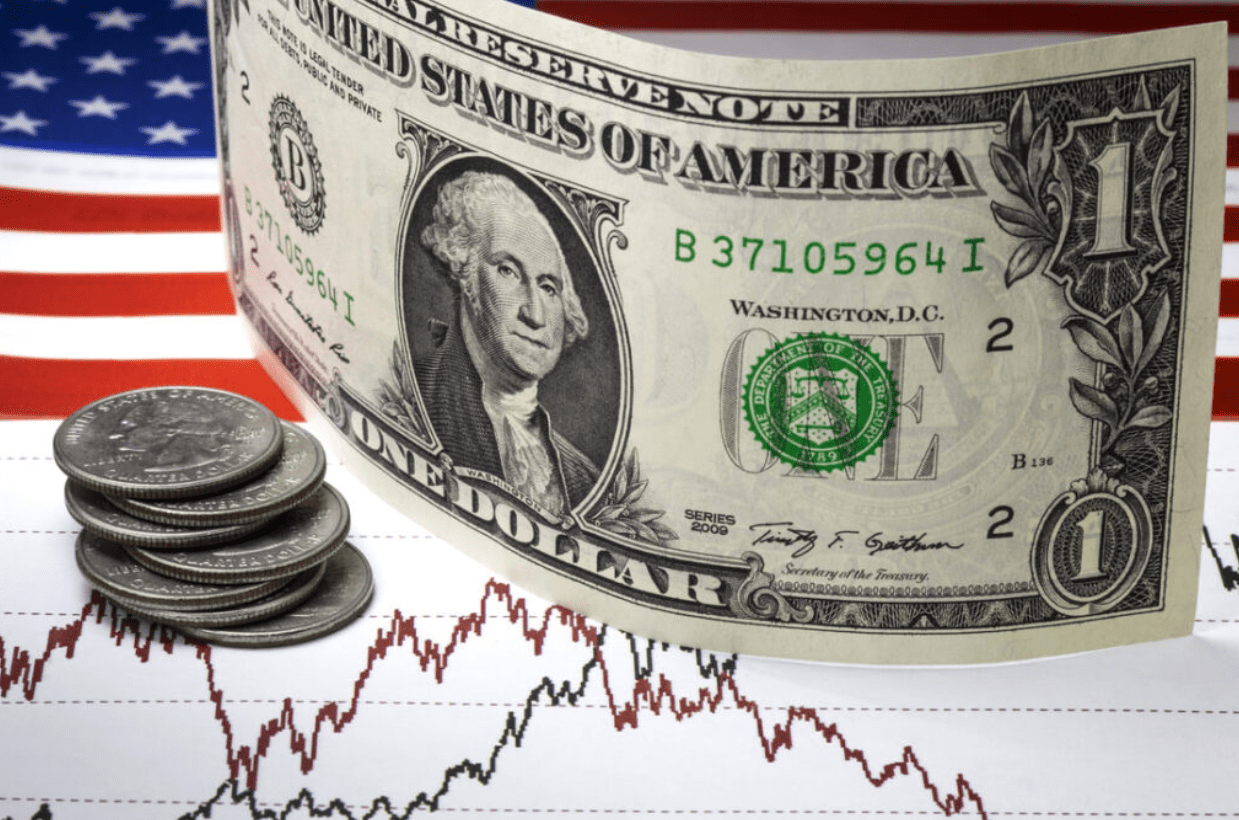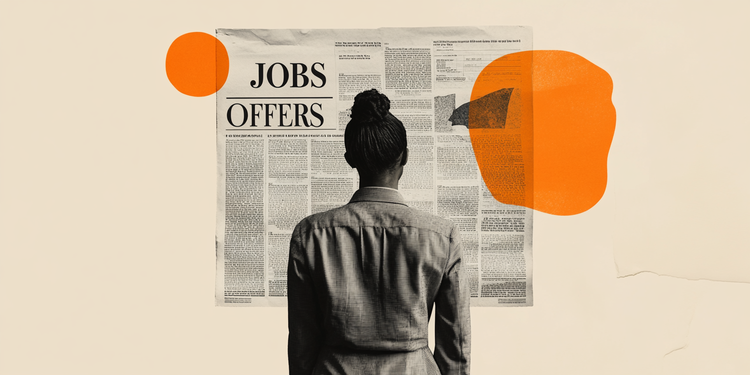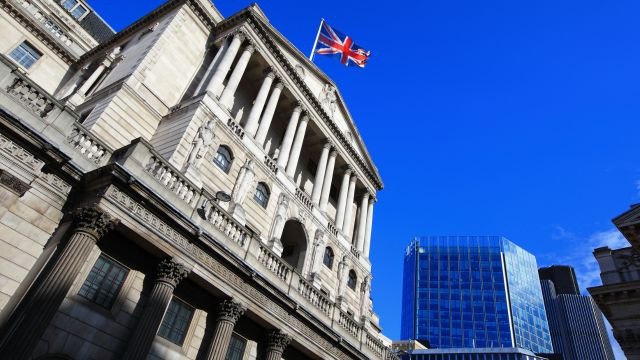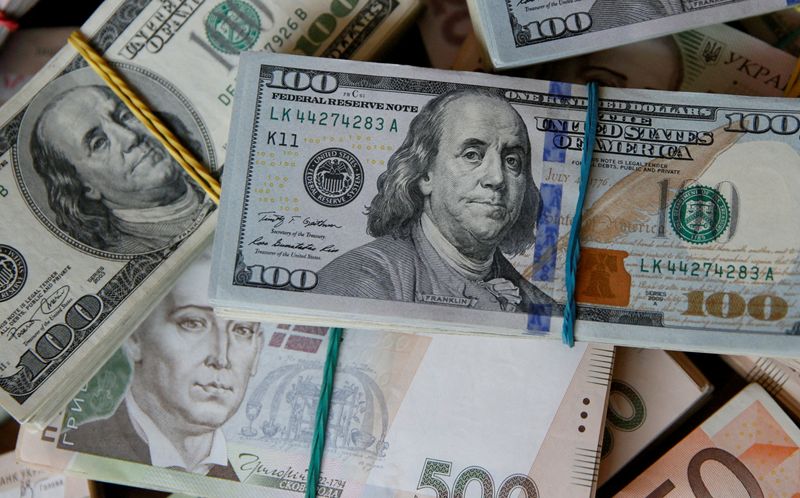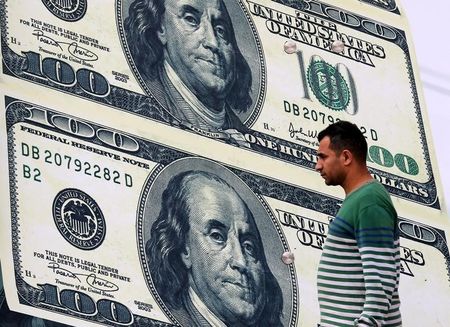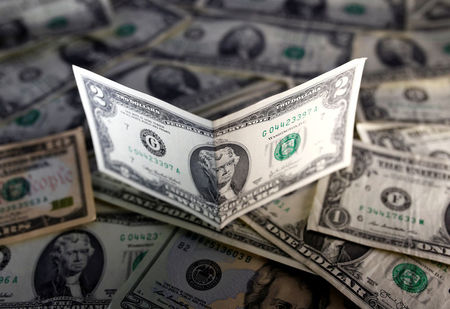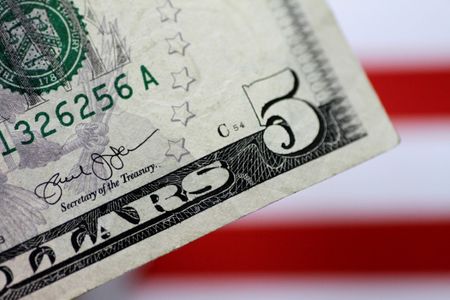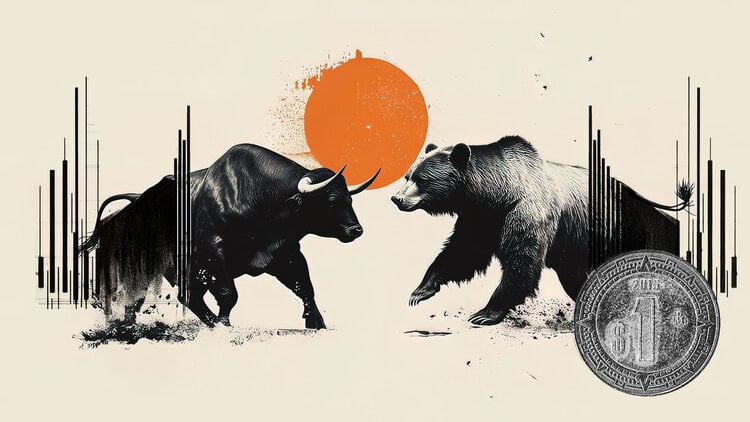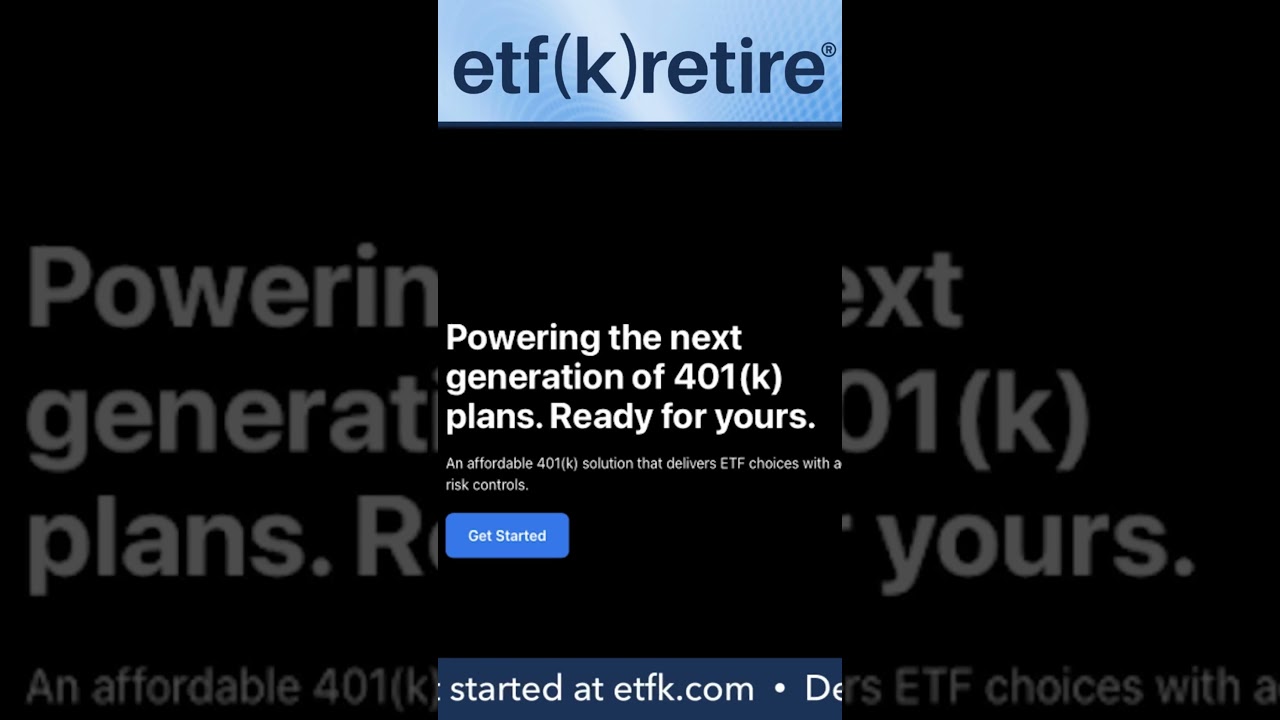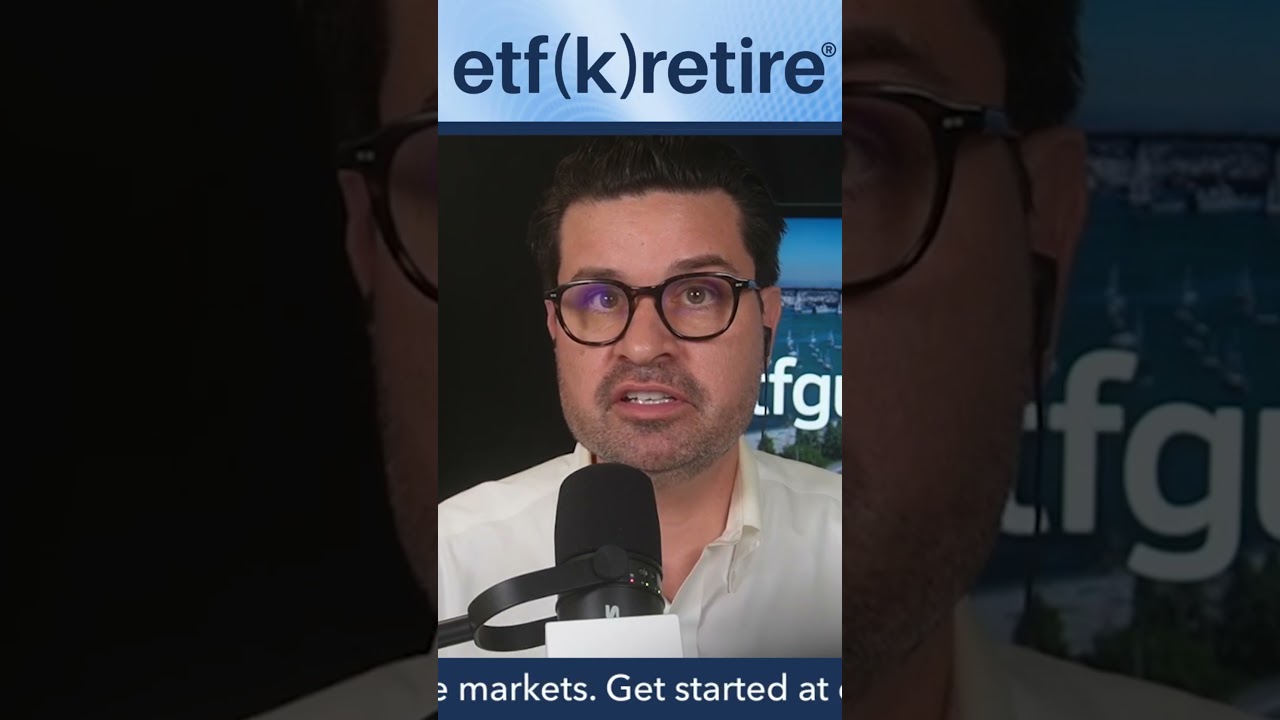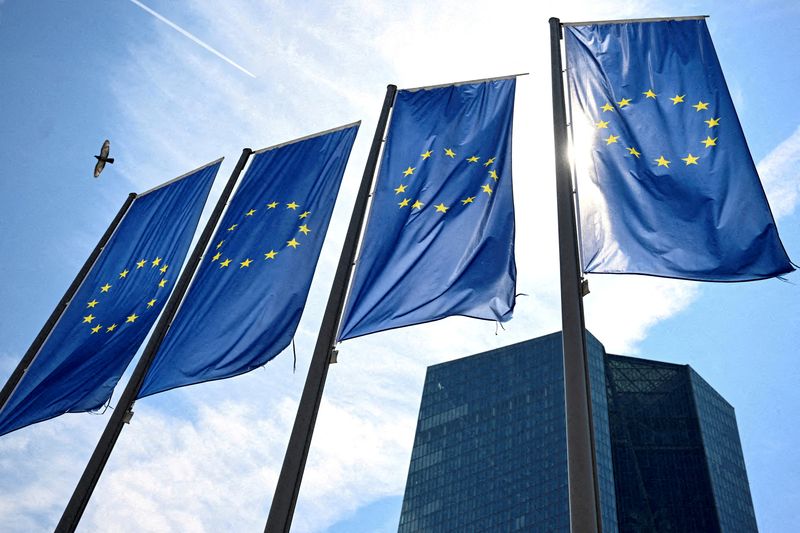Goldman Sachs expects China tariffs to drop soon. But the bank still puts the chance of a recession at 45%
Although “the mood music with China has improved,” the bank’s chief economist still expects other tariffs increases—and sees “a meaningful risk that some of the paused ‘reciprocal’ tariffs will take effect after all.”

- American and Chinese officials are set to talk trade Saturday and Sunday. But Treasury Secretary Scott Bessent warned not to expect an immediate trade deal—and there remains a tariff-related recession risk beyond the two economies, according to Goldman Sachs. Plus, today is Fed day: Most anticipate the central bank to leave interest rates untouched, but Goldman sees three interest rate cuts beginning July.
Two global superpowers are in a tit-for-tat trade war after the president placed a 145% tariff on China, and Beijing retaliated. But things could be changing.
“The mood music with China has improved, and we expect the U.S. tariff rate on China to drop from around 160% to around 60% relatively soon. (China is likely to reduce tariffs on the U.S. by a similar amount),” Goldman Sachs Chief Economist Jan Hatzius wrote in a note dated May 6.
That same day, it was announced that Treasury Secretary Scott Bessent and Trade Representative Jamieson Greer would meet their Chinese counterparts while in Geneva, Switzerland, to discuss economic and trade matters. In a Tuesday evening television interview, Bessent said the talks were set for Saturday and Sunday. Earlier, Bessent said the administration and China had not engaged in negotiations, but continued to put the onus on China to come to the table, saying the tariffs were unsustainable and comparable to an embargo.
Still, during his recent interview with Fox News’ Laura Ingraham, Bessent told her the U.S. and China have a shared interest and that “we don’t want to decouple, what we want is fair trade.” He wouldn’t say who made the first call or give away strategy but said everything was on the table. Either way, it appears the discussion will only be the beginning and will probably be more about de-escalation, rather than inking a trade deal, Bessent said. Investors welcomed the planned U.S-China meeting, and share prices rose initially but markets are mixed.
But despite the latest thaw, it isn’t all good news. “Our 12-month recession risk estimate remains 45%,” Hatzius wrote. “Beyond U.S.-China, we still expect further tariff increases in other areas—e.g. pharmaceuticals, semiconductors, and potentially movies—and see a meaningful risk that some of the paused ‘reciprocal’ tariffs will take effect after all.”
Once the president announced a 90-day grace period to talk trade deals, Goldman Sachs pulled its recession call; earlier, the bank put the chance of a recession at 65%. “We are reverting to our previous non-recession baseline forecast,” a note read not long after Trump pressed pause. So that hasn’t changed, but neither has the president’s on-again, off-again tariff agenda: the latest proposal being a tariff on foreign-made movies.
The Trump tariff playbook has prompted recession warnings, but economic data so far hasn’t flashed red, apart from a drop in gross domestic product that turned out to be based on a technicality. But Goldman Sachs suggests it isn’t unusual for the hard data to lag in event-driven downturns, and noted that soft data via surveys has plummeted more than typical in such an event. Consumer confidence tanked at the fastest pace in decades, and businesses are pulling earnings guidance.
The thing is, it appears the central bank needs to see some bad hard data before making a move to stave off a potential recession. That’s why almost no one anticipates the Federal Reserve cutting interest rates Wednesday, but rather sees the Fed continuing its wait-and-see approach and leaving rates untouched. Goldman Sachs still predicts the central bank will deliver three straight 25-basis-point rate cuts, but pushed back the first cut one month, to July.
This story was originally featured on Fortune.com
